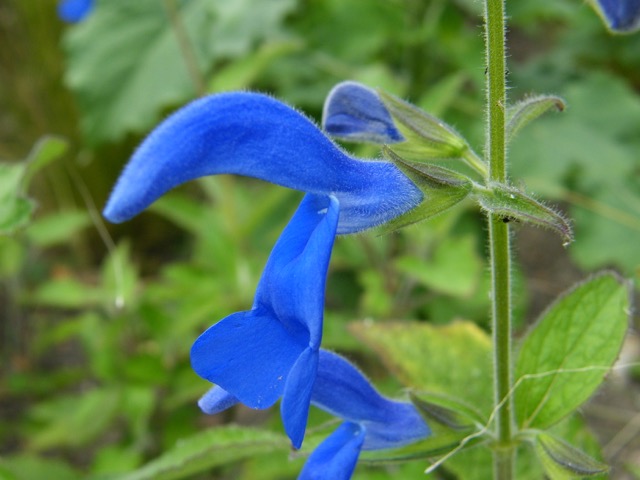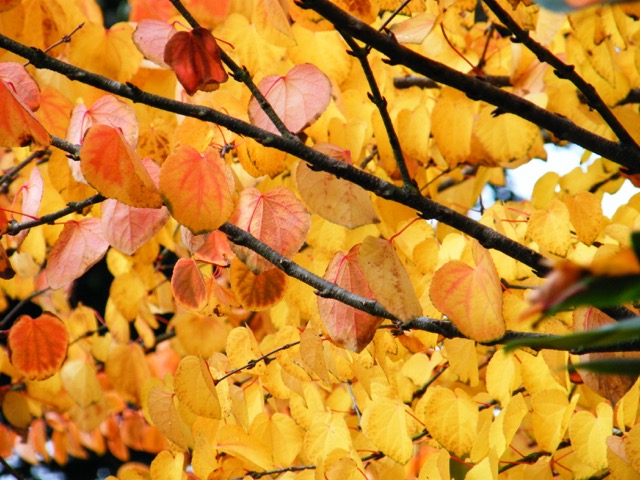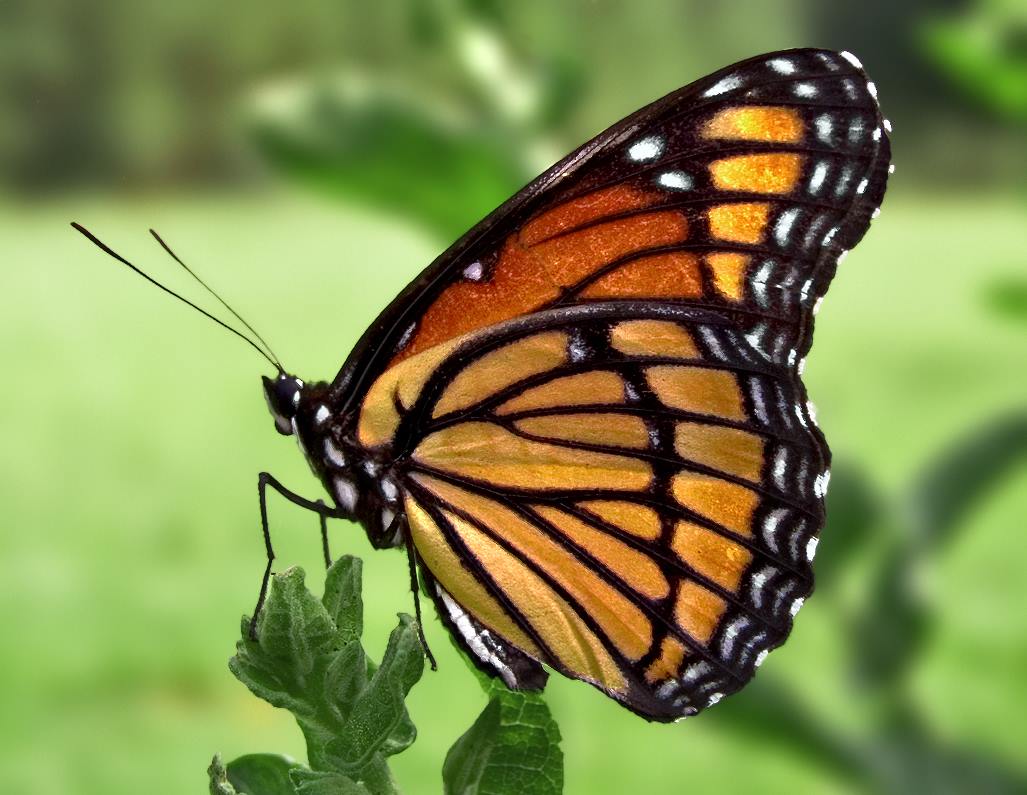Sadly, it’s time to say goodbye to the last of the warmer weather, and welcome the colder temperatures – making sure to keep toasty warm with hot water bottles and cups of tea and coffee while out and about in the garden. There’s still plenty to do!

Now that summer greenhouse crops are over, it’s a good idea to give the greenhouse a thorough clean because this will prevent pests from hibernating and rearing their ugly heads next spring. It’s important to hose down the glass really well to allow for maximum light to be let in throughout autumn and winter.
Outside, a good money-saving tip from us is to put your raked leaves in a separate compost container. Composted leaf litter will make perfect soil conditioner for next year!
Dead leaves are a common problem this time of year – you’ll need to cover your ponds to keep the leaves out or at the very least, monitor closely and scoop them out regularly. When leaves start to decompose, they promote algae growth and release compounds that can cause harm to fish. Prevention is always easier (and cheaper) than cure, so cover your ponds early.
Whilst the soil is still warm, carry on planting trees and shrubs. Plants will still have time to put down new roots. If you have heavy soil, carry out any digging necessary, particularly in the vegetable patch. If you wait for the winter rains, you’ll find that the soil is virtually unworkable. Winter frosts will break down the large lumps into a fine tilth, ready for next year’s sowings.
Now is the time to start lifting your dahlias and other tender perennials, storing them in a dry, frost-free area. It’s also now the right time to remove summer bedding and replant with winter bedding.
Cut back herbaceous perennials back to the ground to encourage fresh growth come spring and avoid any damage over winter. Be sure to burn any diseased material and don’t add it to your compost.
Last but not least, you can finally hang up your lawn mower! Give your grass one final mow before growth stops and continue to aerate and scarify. You can always seed and turf too if the good weather continues.
If you’re looking to get out in the Garden this month, make sure you have:
- Harvested apples, pears, grapes and nuts
- Pruned climbing roses
- Cut back any perennials that have started to die down
- Moved your tender perennials into a protected environment (greenhouse or conservatory)
- Finished collecting seeds from the garden to sow next year






